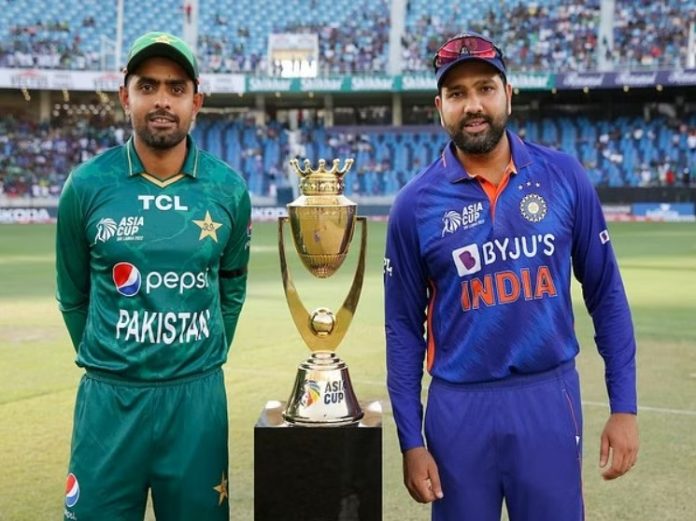The DLS method comes into play when a limited-overs cricket match is disrupted by factors like rain. It’s used to calculate a new target score for the team batting second, considering the change in available overs and wickets. It’s not just about reducing the run target proportionally with lost overs because a team with more wickets in hand and fewer overs may play more aggressively, aiming for a higher run rate.
In the Group A match of the Asia Cup between Pakistan and India in Kandy, Pakistan was tasked with chasing a target set by Rohit Sharma’s team, which was 267 runs in 50 overs. Unfortunately, rain disrupted the game, and the second innings couldn’t even start. Now, the Duckworth-Lewis-Stern (DLS) method will come into play to determine Pakistan’s potential target if the overs are reduced due to rain interruptions.
Here is what Pakistan’s goal to chase if overs are decreased using the Duckworth-Lewis-Stern (DLS) technique.


